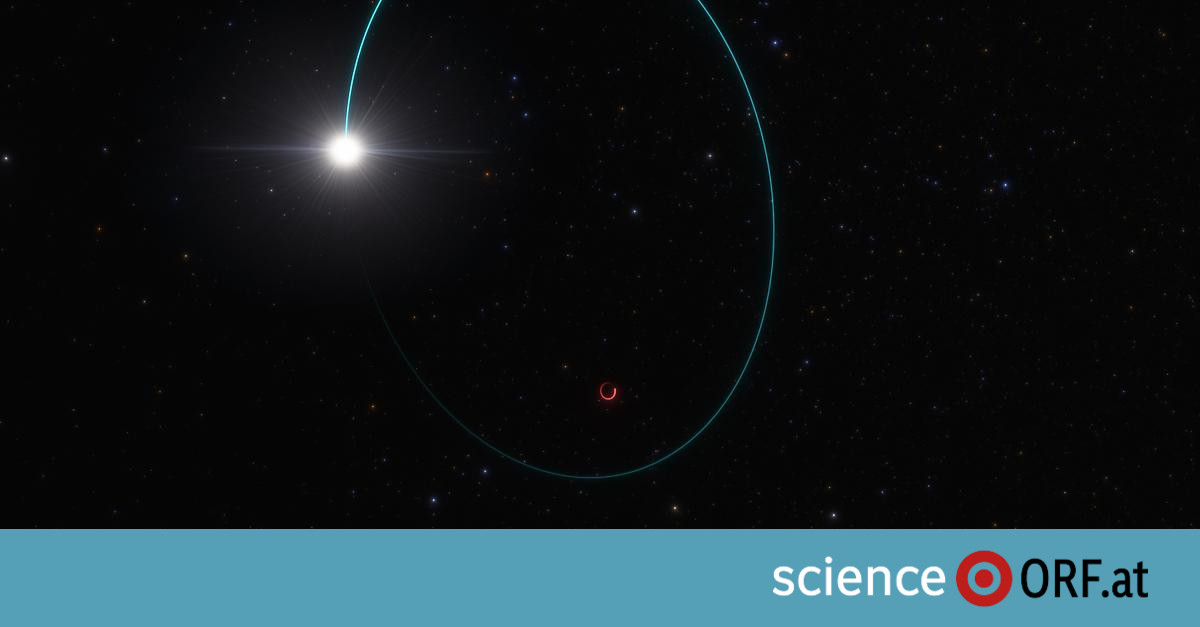milky way
A falling star has drawn attention to a particularly massive black hole in the Milky Way. The European Southern Observatory (ESO) announced that it is the most massive stellar black hole known so far in our galaxy. The giant, called Gaia BH3, has a mass of about 33 times the mass of our Sun.
The stellar black holes found so far in the Milky Way have an average mass of ten times the mass of the Sun, and the largest previously known hole – Cygnus X-1 – has a mass of about 21 times the mass of the Sun. Stellar black holes form from stars.
“No one expected to find a massive black hole lurking nearby that has until now remained undiscovered.” Broadcasting Astronomer Pasquale Panozzo of the Paris Observatory. “You only make this kind of discovery once in your research life.” According to the European Southern Observatory, the black hole is very close to Earth at a distance of “only” 2,000 light-years. A light year is the distance that light travels in one year, which is 9.46 trillion kilometers. the Stady This discovery was published in the specialized journal “Astronomy and Astrophysics”.
Falling star
Scientists made this discovery while monitoring the European probe “Gaya” Check for data release. The black hole's companion star was put into a kind of tumbling motion by its massive companion, and it was noticeable. The European Space Agency's (ESA) Gaia mission aims to record the positions, movements, distances and brightness of nearly two billion celestial objects.
Black holes are objects with gravity so strong that even light cannot escape. They are formed when large stars with a mass several times the mass of our Sun explode in the form of supernovas at the end of their existence and the remaining star collapses.
Aside from stellar black holes, there are supermassive black holes that are suspected to exist at the centers of most galaxies. These black holes can be billions of times the mass of our Sun. The most massive object in our galaxy is Sagittarius A* at the center of the Milky Way, which is about four million times the mass of the Sun.

“Total coffee aficionado. Travel buff. Music ninja. Bacon nerd. Beeraholic.”







More Stories
Researchers detect extremely high-energy gamma rays
Anxiety disorders in old age increase the risk of dementia
Researchers are particularly fascinated by these exoplanets.